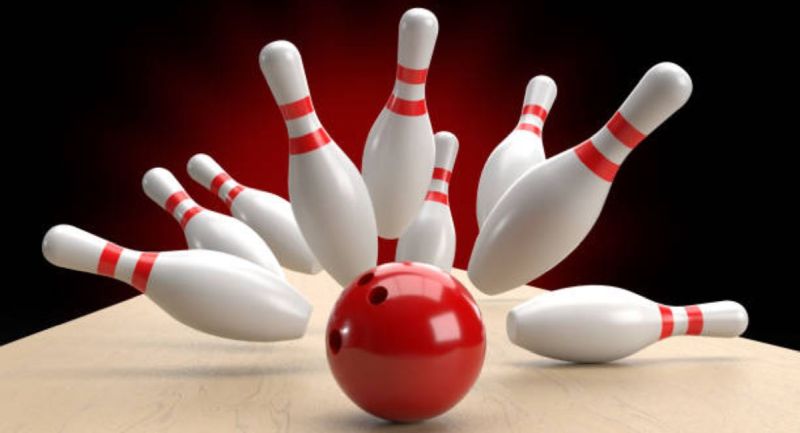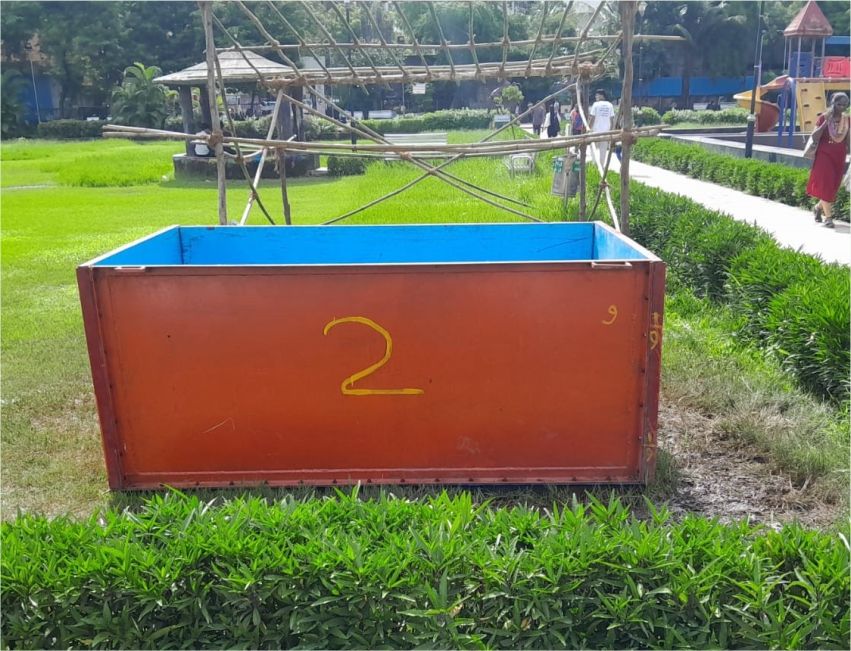Bowling’s perfect strike, science has the answer

- Meena R Prashant
- 08 May, 2025
Scientists have unlocked the secret to throwing the perfect bowling strike, using a physics-based model inspired by 18th-century mathematician Leonhard Euler's complex equations. The new study identifies the exact conditions required to knock down all ten pins in a single throw, offering both bowlers and gamers a scientific blueprint for success.
The model simulates the behaviour of the ball as it rolls down the lane, factoring in speed, spin, and angle. Researchers determined that for a strike, a bowler should release the ball at 17.9 mph (28.8 km/h), with a spin of 416 revolutions per minute and a 45-degree axis tilt. The key to the strike lies in the ball’s starting position: it must be released from the 28th board from the left, aimed at a 1.8-degree angle to the right of the centre.
The ball’s path after release plays a crucial role in achieving a strike. The model shows that if the ball deflects slightly as it travels through the pins, the chances of knocking down all ten pins increase. For the best results, the ball needs to hit the centre of the lane and strike the head pin in a precise manner, allowing for better deflection and pin scatter.
Though bowling is a game of skill and intuition, this model provides a precise formula for casual players and professionals alike. By understanding the physics involved, even new players can improve their accuracy and increase their chances of hitting that coveted strike.
The model also offers game developers a chance to enhance the realism of virtual bowling. By incorporating the same physics principles into video games, players can fine-tune their throws in more scientifically grounded ways, making digital bowling experiences feel more authentic.
Lane conditions, such as the oil patterns on the lane, can affect how the ball interacts with the pins. The study highlights how subtle variations in friction and lane texture influence the ball’s deflection and impact, adding another layer of complexity to the sport.
Bowling’s origins date back thousands of years, with similar games found in ancient Egyptian tombs. In modern tenpin bowling, players aim for strikes and spares, with the goal of knocking down all ten pins in as few rolls as possible. The game is played over ten frames, with strikes and spares yielding the highest scores.
This new scientific model bridges the gap between art and science, providing bowlers and gamers alike with a data-backed strategy for achieving the perfect strike. Whether in real-life alleys or digital games, players now have a clearer path to success.




